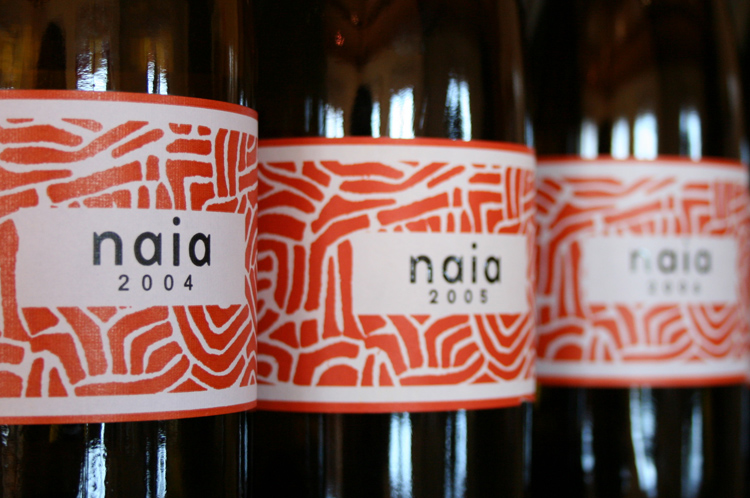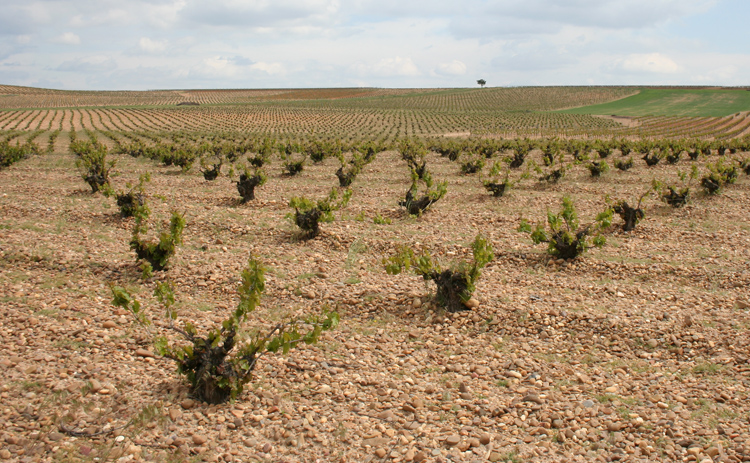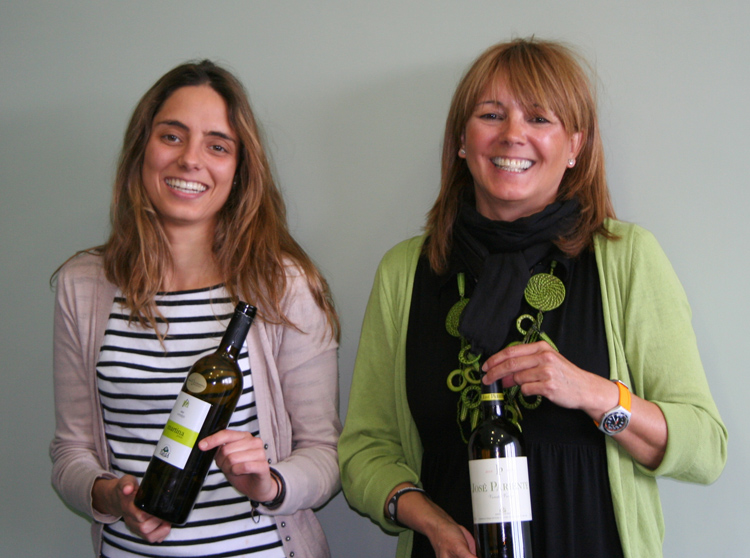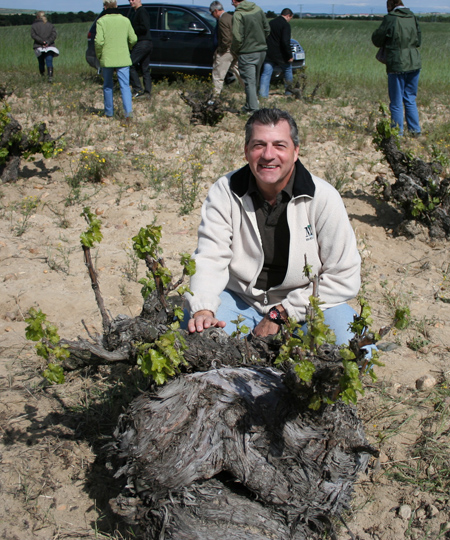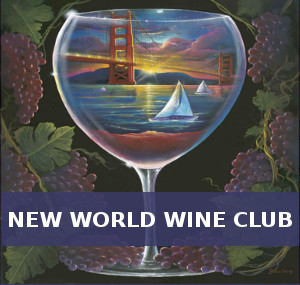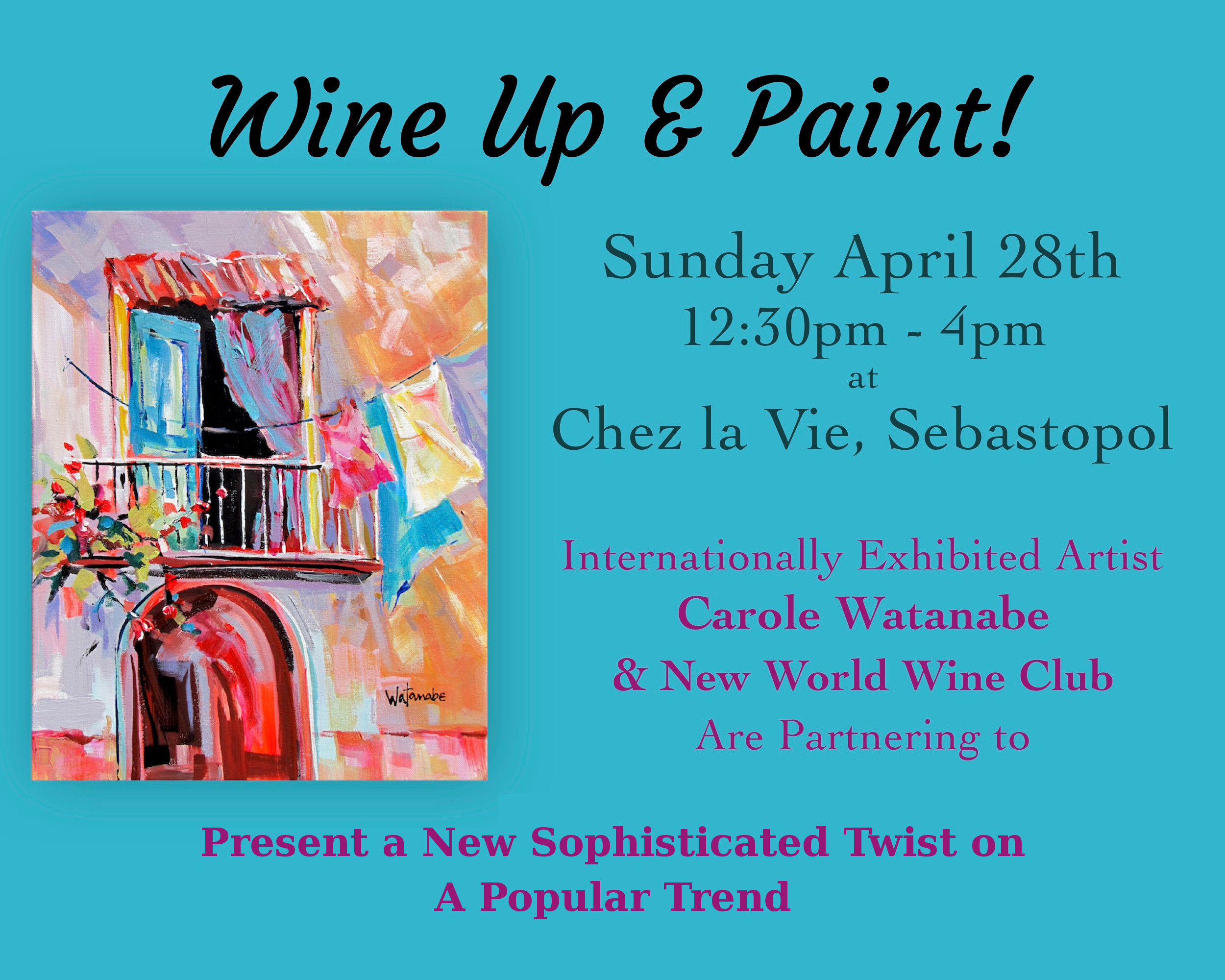Spain is best known for their red wines of Rioja and Ribera del Duero; however the Rueda, located north east of Madrid, is home to Spain’s best white wine, Verdejo. Similar in style and characteristics to Pinot Gris, Verdejo expresses itself with lemon and citrus, minerality and above all, a sharp, enticing acidity. Verdejo has been growing in Rueda for over a thousand years and it’s believed it was brought to Spain by the Moors. Some vines, still producing are 130 years old. But the last few decades have seen Verdejo finally come into its own. “Verdejo is ideally suited to the poor soils and harsh environment in Rueda,” says winemaker Pablo del Villar of Bodegas Hermanos del Villar. He refers to the stress on the vines caused by wide diurnal swings (daytime temperatures tumble more than 25 degrees at night) all of which helps to create the fundamental acidity that Verdejo is known for.
I visited Rueda in April, 2010 which gave me the opportunity to visit producers, winemakers and growers, and sample more than 100 Verdejos. Geographically, Rueda is unremarkable; mainly tedious flatlands, though 2,300 feet above sea level, and some areas even get snowfall. The majority of vineyards are bush types; low to the ground, vines and leaves strewn along the sandy, rocky soils in an attempt to absorb the sun. Palomino, Sauvignon Blanc and Viura are also planted here, but by comparison, they don’t identify themselves as being from Rueda. There are 54 wineries operating, and only a handful of those allow public tastings. But things are changing. The grape is catching on everywhere, so much so that acreage has doubled since 2005.
At its best, Verdejo is sharp and clean with lemon and lime notes, a backbone of minerality and a potent acidity. That may sound simple, but crafting excellent wines is never a simple process. “Verdejo is our personality,” says Juan de Benito Ozores, the director general of Bodegas Alvarez y Diez whose Montel Blanco wine is a great example of what Verdejo is capable of: simple, clean and pure. Yet many producers are trying barrel fermented versions and the results are less than spectacular; the oak simply overpowers the essence of the Verdejo grape. The vast majority of Verdejo is meant to be drunk young where the bright acids work best and the lively freshness of the wine is at its peak. Additionally, the local tapas in the area, most notably in the nearby city of Valladolid, such as white asparagus, chorizo, bacalau (deep fried cod) and torreznos (pan fried pork) are enhanced by this invigorating, firm young wine.
Some of the best producers of Verdejo include Bodegas Naia, Bodegas Nieva, the mother/daughter winemaking team at Jose Pariente, Bodegas Lorenzo Cachazo, and Bodegas Yllera. This isn’t Napa; there are no picturesque tasting rooms dotting the landscape. There are, however, dedicated producers who are striving to perfect their grape. Victoria Pariente, winemaker at Jose Pariente, arguably one of the best Verdejo producers underscores why the wines from Rueda are gaining notoriety; simply put, the winemakers are paying strict attention to their signature grape, making certain the world knows when they reach for Verdejo – it’s classic Verdejo they will get, not some funky blend or well-intentioned winery “project.” Pariente sums up the nature of Verdejo poetically. “Wine is like a bear. When it is cold, the bear wants to hibernate. When it is warmer out, the bear is more active.” The wines from Rueda are indeed active with wonderfully crafted juice that truly reflects a sense of place.
Article and Pictures by Michael Cervin
Michael Cervin has been writing about wine for over a decade. Notable publications include Decanter, Wine Enthusiast, Wine & Spirits, The Tasting Panel, and over 60 others. He is the restaurant critic and travel writer for the Santa Barbara News Press. He is a frequent judge at wine and food festivals including the Best of Vinho Verde Awards in Portugal, The Monterey Wine Competition, The Central Coast Wine Competition, and the Berkeley Springs International Water Tasting, among others. His forthcoming wine travel book, “Moon California Wine Country” will be published nationwide in April 2011. www.MichaelCervin.com

